King Air 100
Introduced in 1969, the King Air 100 was created as a stretched version of the Model 90 with a fuselage that’s 50 inches longer. Compared to the 90, the Model 100’s MTOW was increased by 1,300 lbs. It also comes equipped with more powerful engines and a modified tail. In 1972, Beechcraft moved on to the A100 which had an even further increased MTOW, an increased fuel capacity and modified props. In 1976, Beechcraft introduced the King Air B100, which comes equipped with more powerful engines and yet another increase in MTOW. Variations of the Model 100 also include the A100-1, a battlefield surveillance aircraft built for the U.S. Army, the A100A, an A100 with modified PT6A-28A engines and increased TOGW, and the A100C, an A100 with PT6A-36 engines.
The King Air 100, equipped with two Pratt & Whitney PT6A-28 engines, has a normal cruise speed of 239 knots, a range of 1,005 nautical miles, a climb rate of 2,200 feet per minute, and requires 2,681 feet of runway to takeoff and 2,138 feet to land. The King Air A100, equipped with the same PT6A-28 engines, has a normal cruise speed of 235 knots, a range of 1,000 nautical miles, a climb rate of 1,963 feet per minute, and requires 3,245 feet of runway to takeoff and 2,944 to land. The King Air B100, equipped with Garrett TPE-331 engines, has a normal cruise speed of 258 knots, a range of 1,080 nautical miles, a climb rate of 1,963 feet per minute, and requires 2,951 feet of runway to takeoff and 2,679 to land.
King Air 200
The King Air 200, delivery of which first took place in 1974, was based off the Model 100, but changes were made to the rear fuselage to accommodate the new T-tail, as opposed to the conventional tail found on the Model 100. It also comes equipped with more powerful engines, a longer wingspan and increased fuel capacity. Variations of the King Air 200 include the A200, 200T, A200C, 200C, A200CT, 200CT, B200, B200C, B200T, B200CT, 250, B200 GT, and B200CGT. The “A” models were all built for the U.S. military. The A200 was the first military variant, followed by the A200C which comes equipped with a cargo door, and the A200CT which comes with a cargo door and wingtip fuel tanks. The King Air 200T was modified to allow aerial photography, equipped with optional wingtip fuel tanks, dome shaped side windows in the rear fuselage, and a modified belly. The 200C is the civilian version of the A200C, equipped with a cargo door. The 200CT is the civilian version of the A200CT, equipped with a cargo door and wingtip fuel tanks. The B200, introduced in 1981, comes equipped with improved engines, increased maximum pressurization and modifications to the cockpit. The B200C is simply a B200 with a cargo door, the B200T is a B200 with wingtip fuel tanks, and the B200CT is a B200 with a cargo door and wingtip fuel tanks. The King Air 250 is a B200 with Hartzell composite props, third-party winglets and Ram Air Recovery System, allowing it to operate on shorter runways. The B200GT has improved engines, and the B200CGT has those same improved engines and a cargo door.
The King Air 200, equipped with two Pratt & Whitney PT6A-42 engines, has a normal cruise speed of 272 knots, a range of 1,870 nautical miles, a climb rate of 2,450 feet per minute, and requires 5,167 feet of runway to takeoff and 3,309 to land. The King Air B200, equipped with PT6A-42 engines, has a normal cruise speed of 279 knots, a range of 1,755 nautical miles, a climb rate of 2,460 feet per minute, and requires 5,167 feet of runway to takeoff and 3,373 to land. The B200GT, equipped with PT6A-52 engines, has a normal cruise speed of 298 knots, a range of 1,650 nautical miles, a climb rate of 2,450 feet per minute, and requires 3,549 feet of runway to takeoff and 3,388 to land.
[ulp id=’ksrvpykbSKmvluGu’]

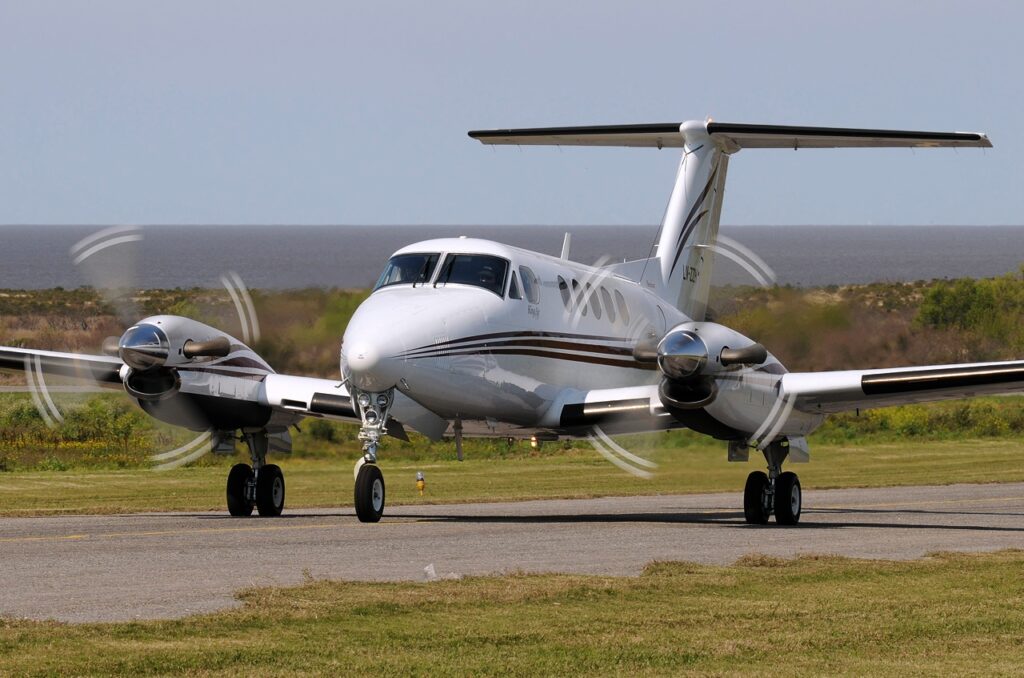
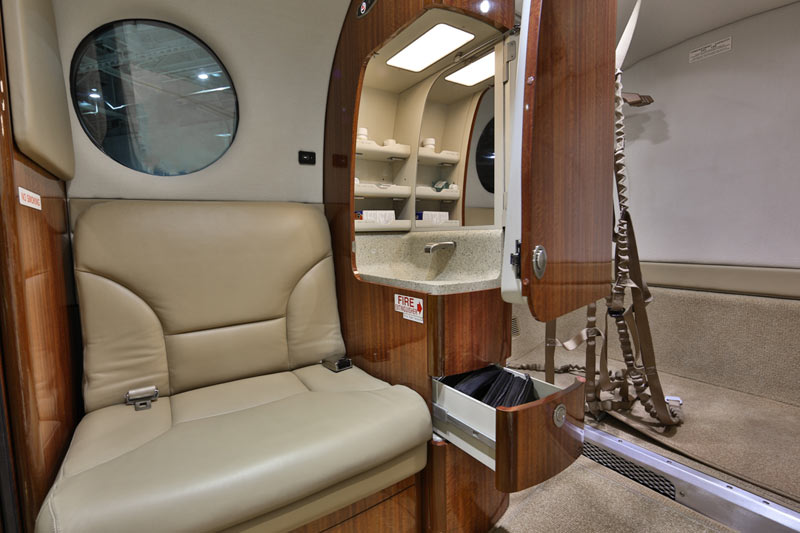
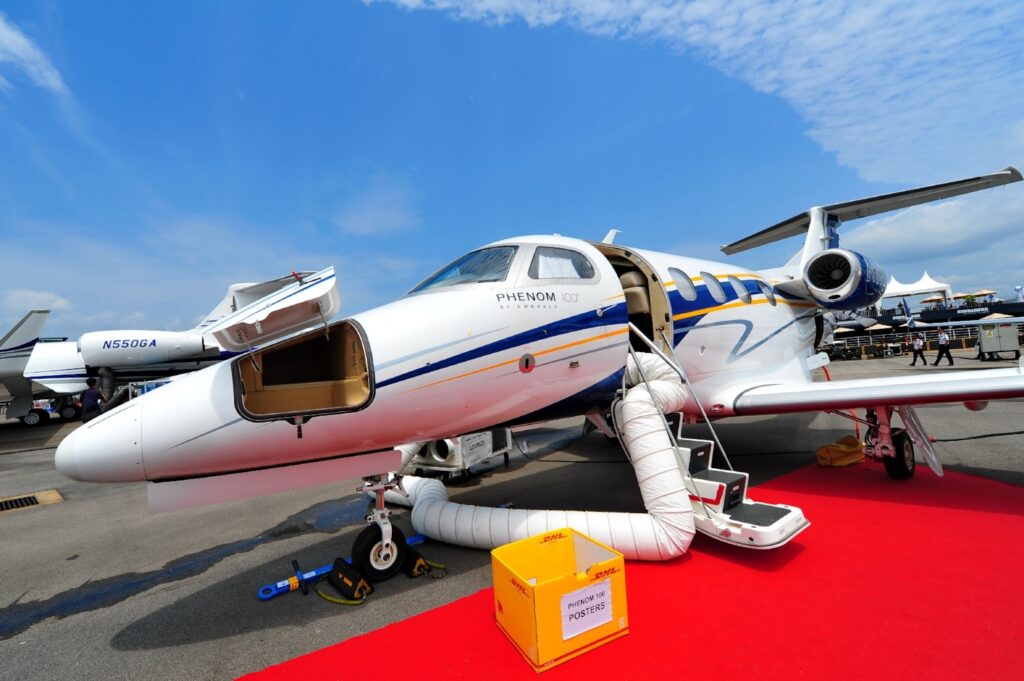
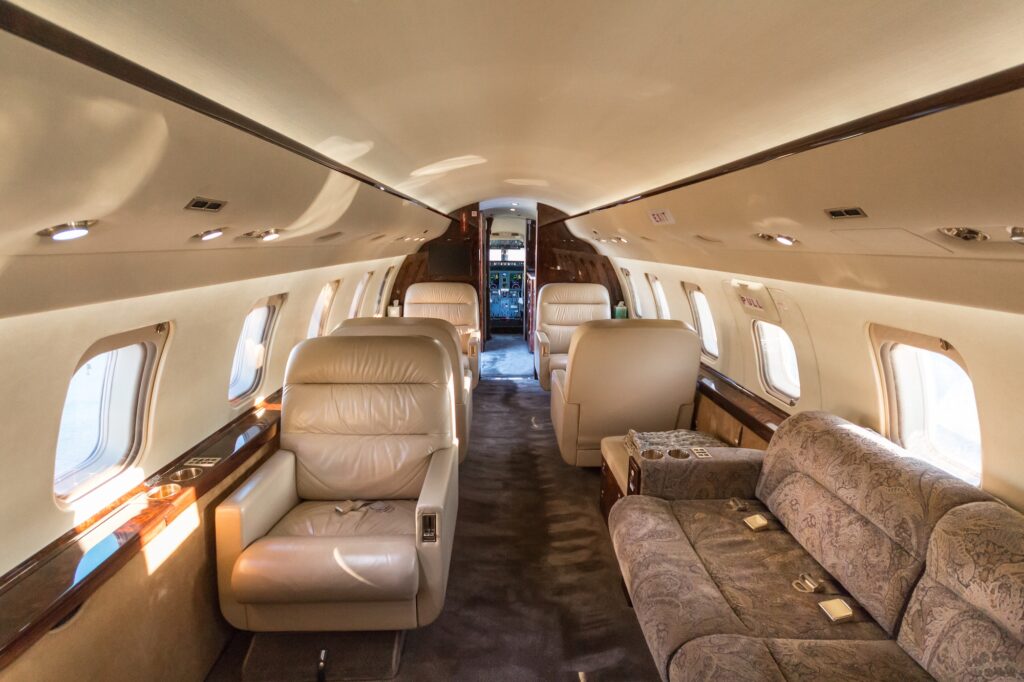
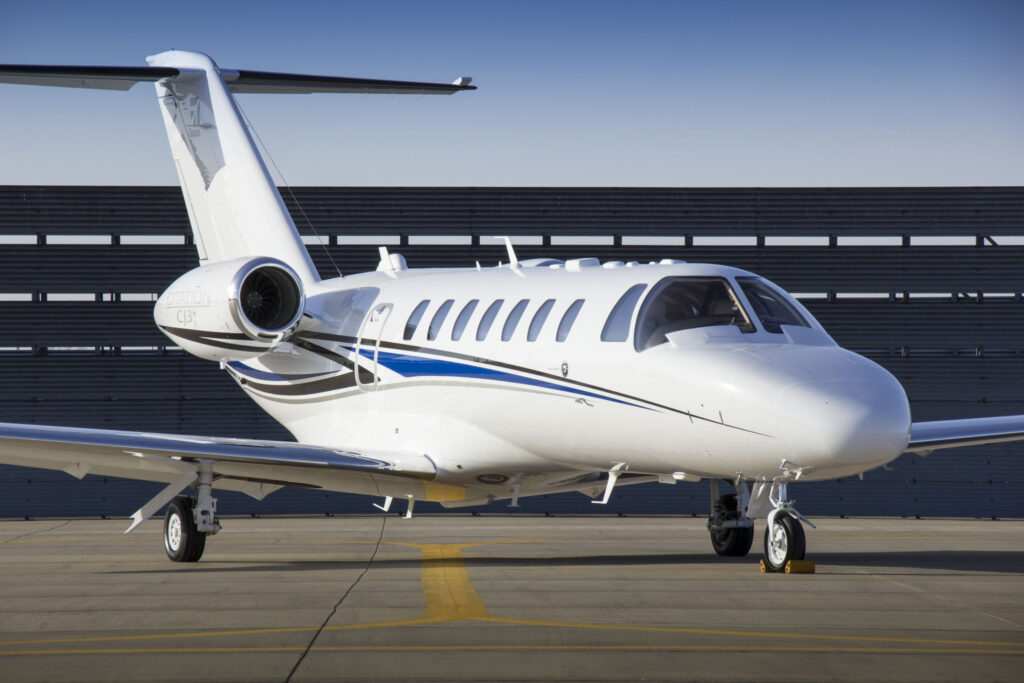
Pingback: History of the King Air: 100-200